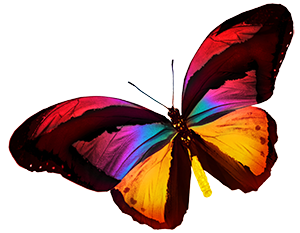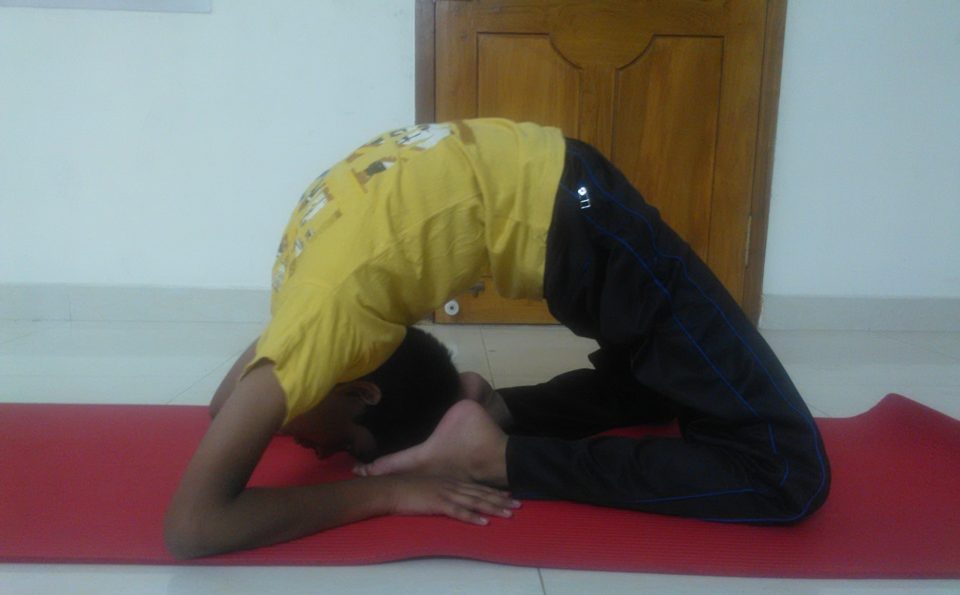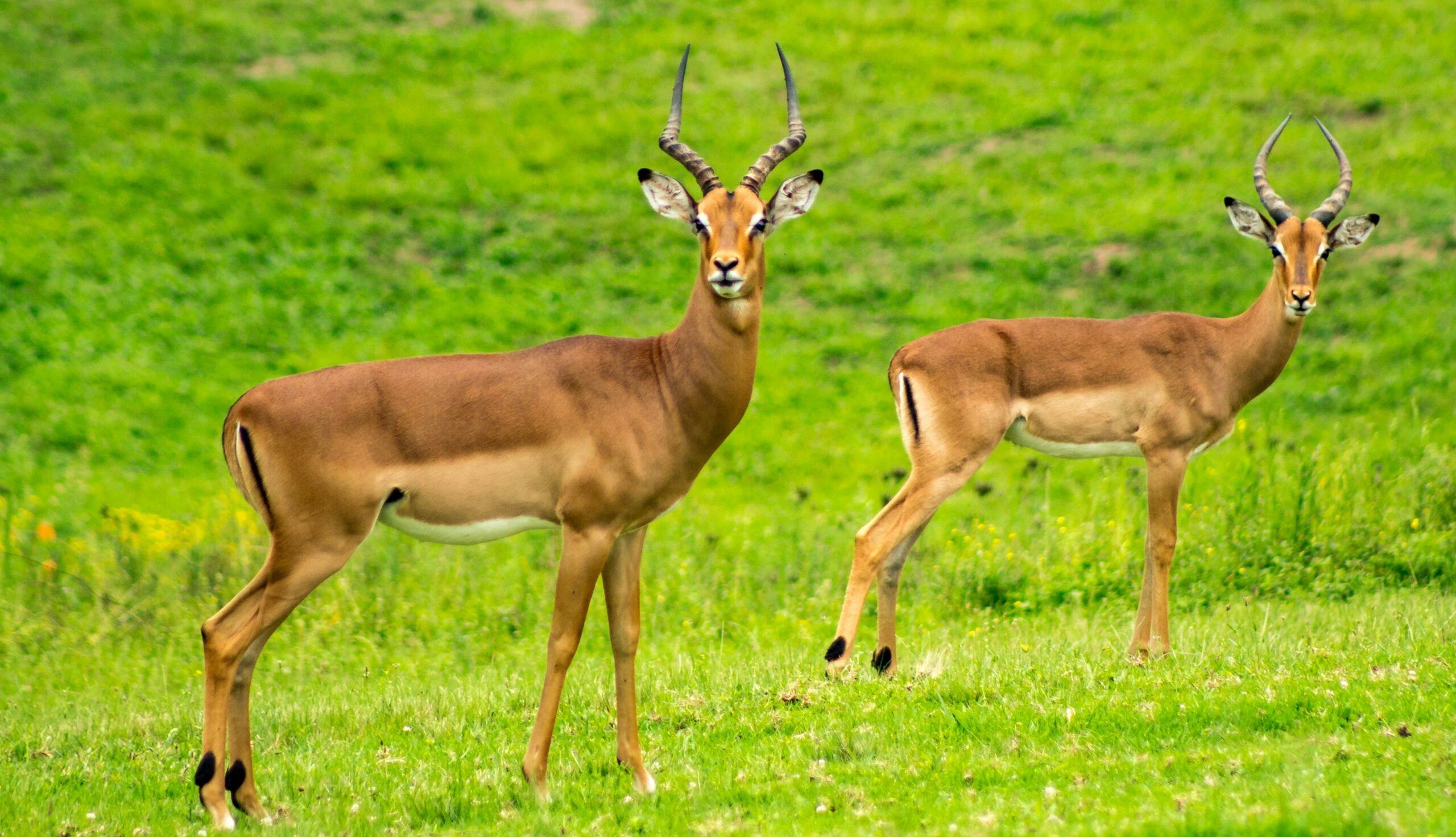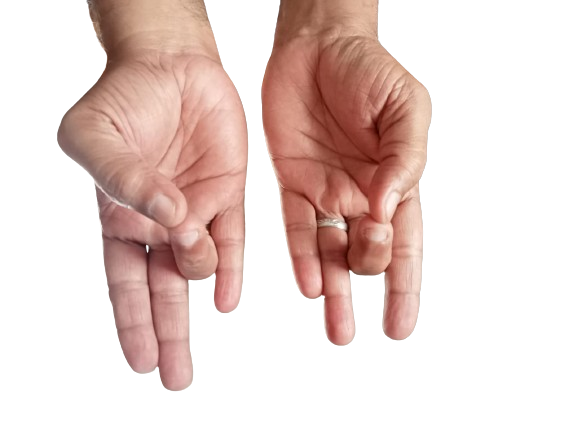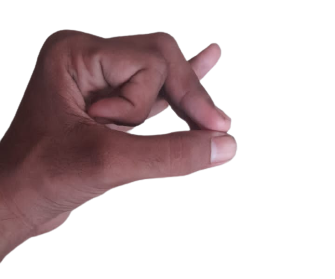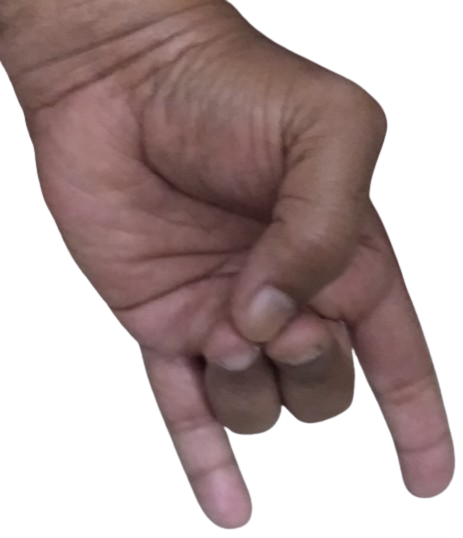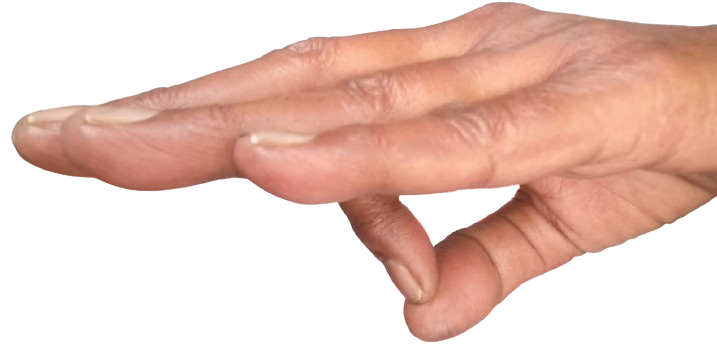In our recent posts, we had covered the benefits and how-to-do of One-Legged King Pigeon Pose and Downward Facing Pigeon Pose. Today's post is about King Pigeon Pose, which is one of the most challenging backbends. The pose is called Raja Kapotasana in Sanskrit. As we already know, 'raja' in Sanskrit means 'king' and 'kapota' means 'bird'.
King Pigeon Pose stimulates anahata, visuddhi, ajna and guru chakras. Stimulation of these chakras helps in free flow of prana and promotes optimum functions of the body. Regular practice of King Pigeon Pose helps in promoting positivity and calm.
Other Benefits of King Pigeon Pose
- Stretches the spine and improves spine flexibility
- Strengthens back muscles
- Stretches the anterior body
- Strengthens lungs
- Helps to regulate blood circulation
- Boosts immune function
- Regular practice of the pose helps to strengthen the nervous system.
- Opens the hips
- The pose stimulates functions of abdominal organs.
- Improves digestion
- Increases flexibility of legs and strengthens leg muscles and joints
- It is an effective yoga pose for sciatic pain.
- Practicing the pose helps to relieve stress.
Instructions
- Kneel on the yoga mat. The legs should be slightly more than hip-width apart.
- Bring your palms together in front of your chest as in salutation.
- Exhale as you raise your hands upwards and arch your body backwards along with the hands.
- Place the palms on the floor behind your feet. The fingers should be pointed towards your feet.
- Raise your hips towards the ceiling and walk your hands towards your feet. Place your hands on the outsides of your feet.
- Hold your feet and place your forearms on the floor.
- Tilt your head backwards and place your head close to your feet.
- Alternately, you can place your hands by the sides of your feet and place your head on your feet.
- Hold the pose for 30 seconds to one minute.
- To release the pose, place your palms on the floor and raise your head off the floor. Release your hands and straighten your body.
- Relax in Child Pose.
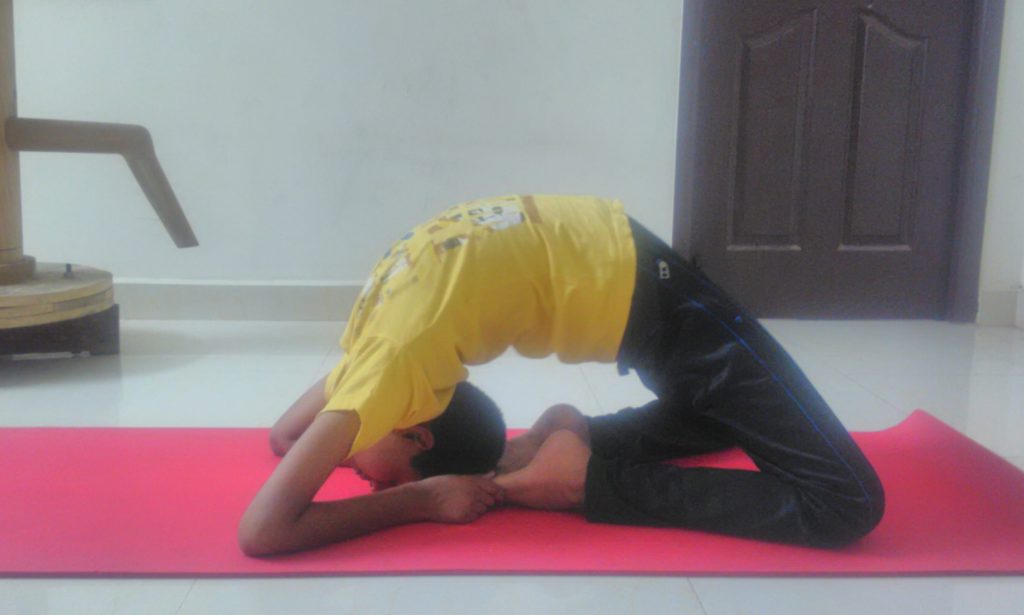
Note
Beginners should refrain from practicing King Pigeon Pose. Initially, the pose can be performed with the support of a wall. Place your feet against the wall and as you bend backwards place your palms on the wall and gradually walk your hands down the wall towards the floor.
King Pigeon Pose can be performed from Camel Pose, Thunderbolt Pose and Supine Thunderbolt Pose.
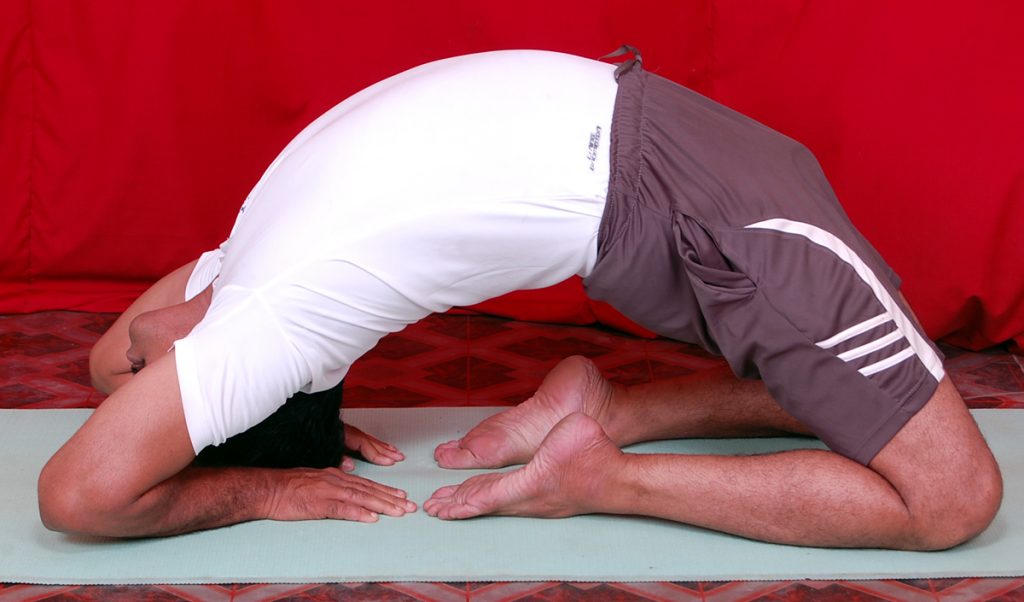
Those with severe spine conditions, neck pain, shoulder, hips and knee conditions, high and low blood pressure should refrain from practicing the pose.
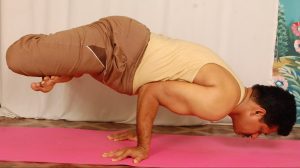
Yoga Pose for Day 81 - Lotus Peacock Pose (Padma Mayurasana)
Few days ago, we had covered the benefits and how-to-do of Peacock Pose. Today's post is about Lotus Peacock Pose, which is a more challenging version of Peacock Pose.
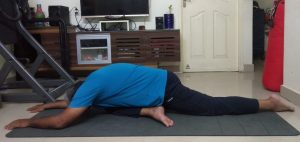
Yoga Pose for Day 79 - Downward Facing Pigeon Pose (Adho Mukha Kapotasana)
Yesterday's post was about One-Legged King Pigeon Pose. Today we will see how to prepare your body so you can perform challenging yoga poses. Performing Downward Facing Pigeon Pose helps to promote flexibility.
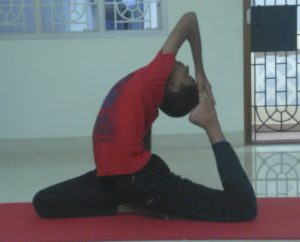
Yoga Pose for Day 78 - One-Legged King Pigeon Pose (Eka Pada Rajakapotasana)
One-Legged King Pigeon Pose is called Eka Pada Rajakapotasana in Sanskrit. 'Eka' means 'one', 'pada' means 'leg', 'raja' means 'king' and 'kapota' means 'pigeon'. One-Legged King Pigeon Pose is one of those amazing poses that challenges your flexibility levels.
